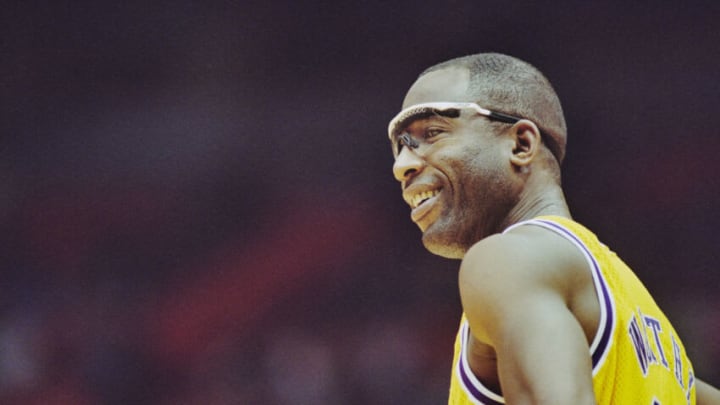The popular board game Settlers of Catan may seem like it is played out on the board, with players placing buildings and roads in specific places to gather resources and be the first to reach the target score. In truth, it is played out in the space above the board, when players negotiate trades with one another.
This is where a player’s success of failure is ultimately decided. Convince your fellow players to give you that needed brick in exchange for your sheep, and you pave the path to victory. If your negotiations fail, you’re likely going to find yourself at the bottom of the scoring ladder.
The NBA is similar; you can draft well and sign good players, but the trade market can make or break a team. Unfortunately for the Cleveland Cavaliers, while their present has featured a number of great trades, their past reveals an ugly secret: they have made some truly terrible trades in franchise history.
Here are some of those trades, ranked from 12-to-1. What have been the worst trades in franchise history? Given that the Cavs literally set the standard for terrible trades (more on Ted Stepien later) it’s a doozy of a list. Here we go!
Worst Trade No. 12: Giving up on Tyus Jones
We’ll start small, with a draft-day trade that didn’t look all that impactful at the time. The Cleveland Cavaliers, armed with the 24th pick in the 2015 NBA Draft, saw an opportunity to trade down and gather more picks. In exchange for the 31st and 38th pick (as well as a future 2nd) they traded the Minnesota Timberwolves pick No. 24, with which they took Duke point guard Tyus Jones.
Jones as become a top-30 point guard in the league, often cited as the backup in the league. What did the Cavs do with their picks? Well, they drafted Turkish forward Cedi Osman, Syracuse power forward Rakeem Christmas and sent the final pick out in a future deal. Osman has stuck around but never been more than a role player, while both Christmas and Justin James (the 40th pick in 2019) flamed out quickly.
Trading a dime for three nickels sounds great in theory, but when those nickels turn out to be pennies you end up losing money.
